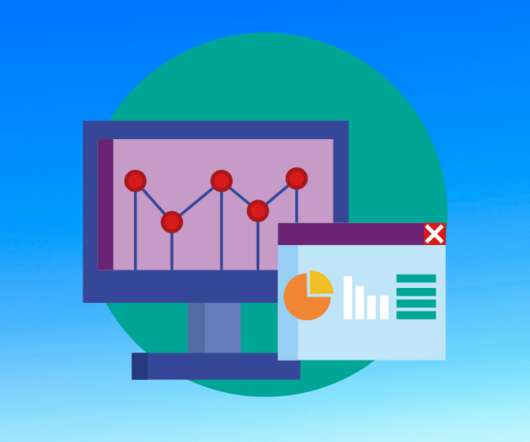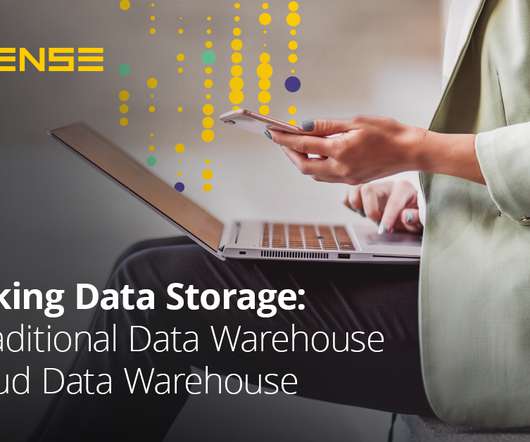Business Intelligence Solutions: Every Thing You Need to Know
FineReport
JUNE 24, 2021
Technicals such as data warehouse, online analytical processing (OLAP) tools, and data mining are often binding. On the opposite, it is more of a comprehensive application of data warehouse, OLAP, data mining, and so forth. All BI software capabilities, functionalities, and features focus on data.













Let's personalize your content